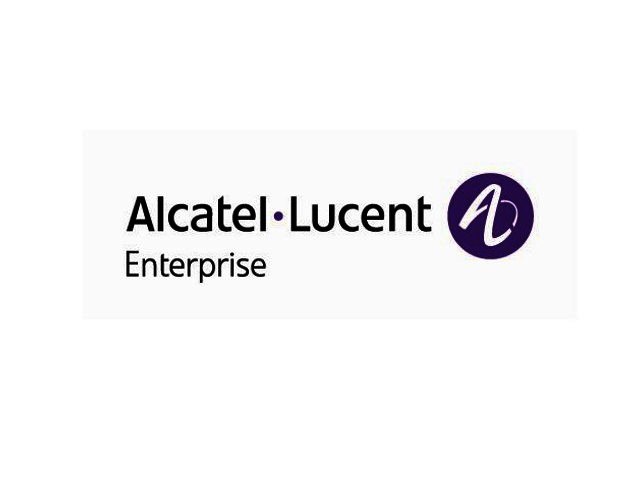The Bring Your Own Device (BYOD) trend is rapidly increasing making it necessary for organisations to adapt to this growing movement. Businesses can no longer afford to lose out on the mobility, flexibility and productivity gains that BYOD offers. Evolving technology has witnessed devices suitable for business applications get smaller over time to meet the demands of users who want compact yet powerful, sophisticated and manageable devices for corporate use. Implementing the best practises when it comes to BYOD management maximises the benefits, applications, features and security of BYOD solutions.
BYOD technology offers organisations and employees a number of advantages and benefits. Whilst it is costly and difficult to keep up-to-date with mobile device trends, BYOD devices are generally more updated than IT issued devices offering the best of modern capabilities, features and upgrades. IT technicians are heavily depended on, by employees to assist with technical issues on business supplied desktops. “BYOD serves to alleviate this as employees are responsible for the upkeep and maintenance of their personal devices,” explains Ravin Naidu, Regional Director for Sub Saharan Emerging Africa, Alcatel-Lucent Enterprise (ALE).
At the same time, introducing personal devices or applications into a business network increases the risk of security threats. Naidu advises “organisations need to find ways not only to embrace BYOD to serve mobility and communication needs of employees and guests but also need to leverage the paradigm shift to improve employee productivity while securing their networks from unwanted access.” The challenge that most businesses face with BYOD solutions is the lack of security, technical skills and the budget required to efficiently protect sensitive company data.
Naidu adds, “With several solutions and approaches to BYOD, businesses are faced with the dilemma of selecting a solution that is superior and trusted. ALE Unified Access solution provides a consistent network service and application experience for both wired and wireless devices. It is the only solution that leverages the entire Enterprise portfolio, achieved simply via software upgrades to the switches and management system. This means no rip and replacement is required. It addresses the challenges presented to corporations trying to deal with major market trends like mobility, BYOD and the move to the Cloud. It is vital that organisations partner with a vendor that has strong BYOD experience, especially in demanding verticals.”
It is suggested that businesses look at implementing a flexible BYOD strategy that can evolve over time as requirements change. “Applying BYOD technology that requires an engineered solution to handle all the companies’ access control needs is key. Finding a vendor that offers unified access is an advantage as it provides a single policy framework, a common authentication scheme, a single user database and a single set of location-aware variables which are applied for both wired and wireless devices.”
Not only is BYOD relevant for corporations; the hospitality industry has seen a significant demand for BYOD technology. “Travellers have become dependent on using private mobile devices to access personal content, making it crucial for hotels, lodges, cruise lines and guest houses to create a BYOD environment. Providing a unified connected experience for guests means that hospitality groups need to select providers that are equipped with the right software to suit specific requirements,” says Naidu. With an existing footprint in hospitality success, ALE provides cutting-edge innovation with measurable outcomes. The ALE Travel, Hospitality and Leisure Business Unit is ideal for hospitality groups as it is designed to deliver outcome based technology solutions that create the personalised connected experience that today’s travellers are seeking.
Organisations need a full featured suite of options for remediation, application filtering, ongoing security checks and management reporting. “This also needs to consider guests that enter the network through sponsored or unsponsored access all the while ensuring proper access, security and management. This unified communications approach needs to work with a broad range of devices that provides end users with greater freedom and offering network manager’s greater piece of mind,” Naidu concludes.





